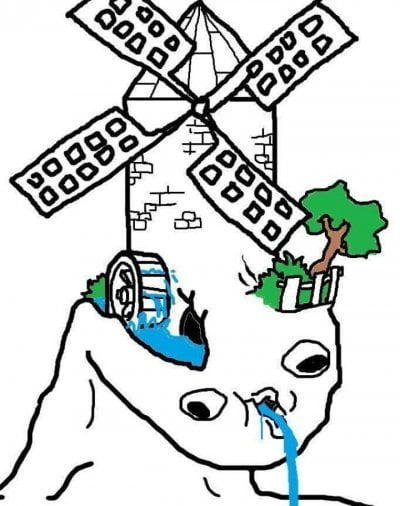Investment math with urun
It's all about master the risk. Limit losses as much you can in context to potential rewards.
Sounds easy, but it's not. Expectations can become unreal and emotional.
Emotions can kill gains faster than everything else. Huge gainer becomes huge losser.
besides taking profits, average in and out, or whatever you prefer to do, there is also a lesson in losing money that's important to understand.
Recover from losses
How much do you need to earn if you loss 1% or more?
For 1% you need to recover you need to gain 1,01%. Sounds low right?
How to do the math?
100%/99% = 1,01010101% ( for 1% loss)
99*1,01010101= 100
So that's the logic. Very easy.
But to bring it more in context, make the game for higher % losses.
2% loss mean 2,04% to recover.
Wait that's not twice the 1%???
Yes, because you start with 98% or in other words, you don't have 100$ anymore. Now you have 98$.
from 98$ back to 100$ you need to gain more in % than from 99$ back to 100$. It is not linear.
Let's play higher numbers.
1% = 1,01%
2% = 2,04%
3% = 3,03%
4% = 4,61%
5% = 5,3%
So as you can see recovery becomes more difficult to come back to the starting money as higher the losses are.
Losses compound the same way as winnings can compound. It leverages itself in some way.
10%=11,1%
15%=17,6%
20%= 25%
See 20% means you need 25% gains. From 80$ back to 100$ needs 25%. From 100$ to 80 needs 20%.
And it becomes more insane as higher the numbers become.
30%= 42,9%
35%=53,8%
Wait. You lost 35% and now you need to recover 53,8%?
That can't be, right? But yes it is. From 65$ back to 100 it needs a 53,8% gain. Think about it.
40%=66,7%
45=81,8%
50% 100%
It's very simple math with a huge impact if you don't have it in mind.
55%=122,2%
60%=150%
65%=185,7%
70%=233,3%
75%=300%
Another thing to remind is
An Asset that losses 90% in value means it loses 80% and then another 50%.
So if someone buys all at once after 80% loss and it drops to 90% means the buyer loses 50% in value.
That is why DCA in and out are not bad. DCA means Dollar-cost average.
Buy-in on a longer timeframe reduces the risk of getting rugged with a full position.
If the price goes higher = good because the position becomes more valuable.
Price goes lower = more Assets for the same dollar amount.
Conclusion
It's a very basic explanation and I hope it's understandable. If questions, feel free to ask. You can also look for "Drawdown/return" or "Drawdown recover". Maybe there are better explanations out.
The point of this is to keep it simple in mind. Special for traders.
Long-term holders that DCA no matter what will be less affected. Special if some profit-taking strategy is in place.
Time the market is close to impossible. That's why DCA is a good way to do it.
No financial advice and always do your own research.
If you like the content more than shitposts, let me know.

You can't lose if you just shit post
And to be real, I'm a better shitposter :P
😂
Yea it's better to avoid a loss if you can because you need more to get back to the starting point. It's something that a lot of people don't talk about.
Posted Using LeoFinance Beta